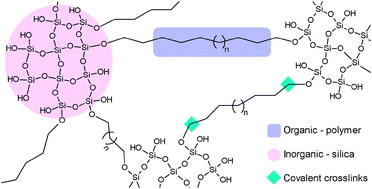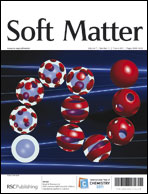Softening bioactive glass for bone regeneration: sol–gel hybrid materials
Abstract
There is a clinical need for materials that can stimulate repair of bone by kindling the body's own healing mechanisms. Bone can heal itself if the defect is small, but needs assistance if the defect is over a critical size. It is widely accepted that a temporary template (scaffold) is needed that can act as a guide and stimulus for vascularised bone growth. However, no material exists which fulfils all of the criteria for a bone regeneration scaffold. Although ceramics and glasses have been developed that have excellent biological properties, including pore structures that mimic porous bone, tailored degradation rates, the ability to bond to bone and stimulate new bone growth (bioactive), they are inherently brittle materials and cannot be used in applications that experience cyclic loads. These current bioactive materials must be softened to introduce toughness and plasticity. The obvious way to improve toughness is to make a composite material, using a bioactive ceramic or glass as the inorganic phase within a biodegradable


 Please wait while we load your content...
Please wait while we load your content...